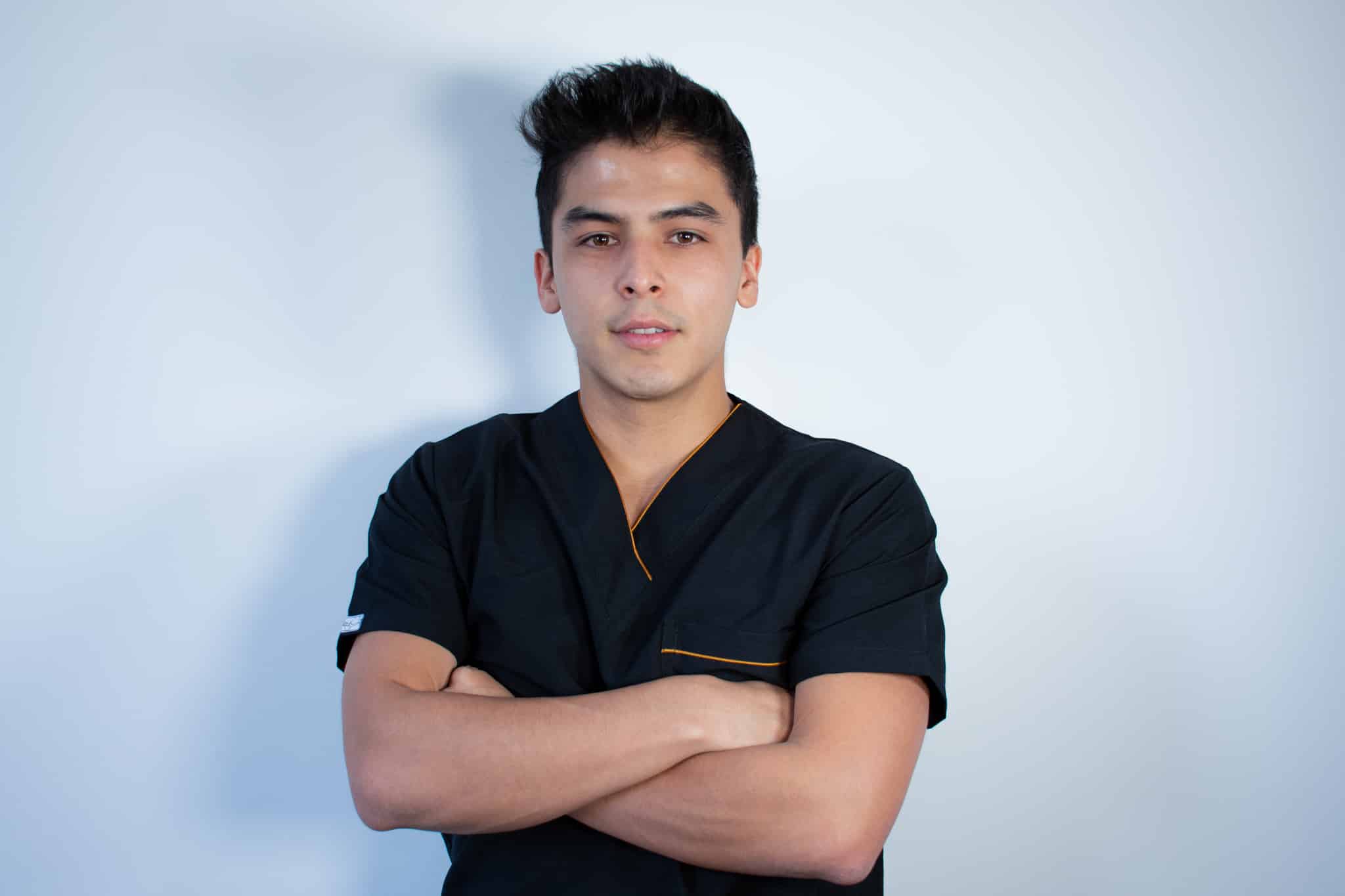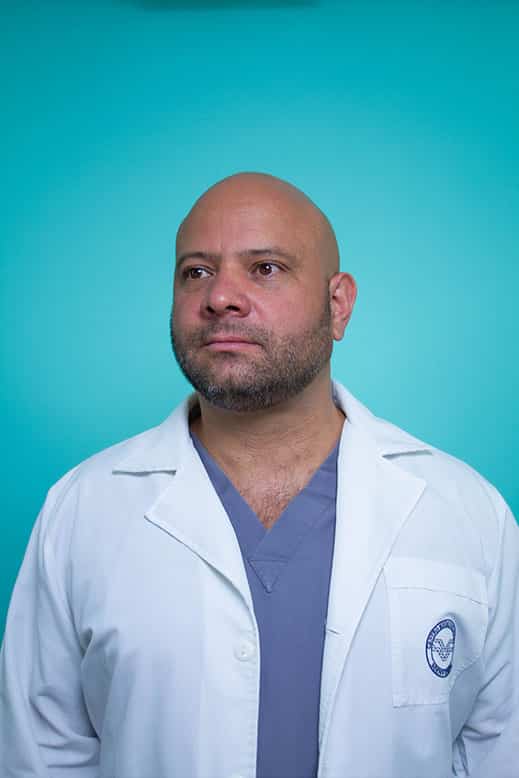Are you afraid of the dentist? Many people feel a great aversion to the mere thought of a dental clinic and, therefore, avoid undergoing any treatment, no matter how necessary it may be.
The problem with this fear is that those who suffer from it end up neglecting, irremediably, their oral health.
This means that people do not go for the recommended periodic check-ups -once or twice a year- and, therefore, dentists cannot detect oral pathologies at an early stage.
On many occasions, fearful patients go to the dentist when, as we would say colloquially, they have no choice.
That is, when they have pain or discomfort that prevents them from leading a normal life.
And, therefore, when the treatment they need is more complex, longer and more expensive than it would have been at the beginning.
In order to prevent patients with odontophobia from reaching this extreme, different procedures have been developed in recent years to make the visit to the dentist more pleasant and less uncomfortable.
Of all these methods, conscious sedation stands out in particular, a very effective method for the person not to feel nervous and fearful when they are in the dental office.
What is conscious sedation?
Conscious sedation is a technique that is applied intravenously and aims to facilitate the relaxation of patients.
It is indicated for people who feel a high level of stress, fear and anxiety when they have to go to the dentist and undergo treatment.
Sedation is often the only way for a person to decide to go to a clinic and thus not compromise the health of their teeth and gums.
As its name suggests, this type of sedation allows the person to remain conscious throughout the duration of the dental procedure.
However, you will be relaxed, have a sense of well-being and avoid the worry caused by the treatment.
What is the difference between sedation and anesthesia?
Not everyone may be aware, a priori, of the existence of conscious sedation.
However, it is important not to confuse it with other types of procedures aimed at alleviating the patient’s pain.
For example, we are talking about local anesthesia, whose mission is to achieve the temporary loss of touch and pain.
You will be interested in ” Ramsay scale in sedation: what is it and what is it used for?
In other words, to desensitize a specific area of the body.
It is commonly used in dental implants
Enlarge image
CONSCIOUS SEDATION DENTISTRY
Local anesthesia is mainly used when the dentist performs fillings and periodontal treatments.
However, sedation consists of calming or soothing a person.
Since the objectives pursued by the two techniques are different, conscious sedation and local anesthesia are complementary.
That is, the dentist can apply the former to calm the patient and the latter to avoid pain.
Do not delay visits to the dentist
Keep in mind that postponing dental treatments can have very negative consequences for your health.
In which dental treatments can I request conscious sedation?
In our clinic we can apply dental sedation in any treatment that generates anxiety to the patient.
However, it is most commonly used in dental implant surgeries.
If you are afraid of the dentist, we will apply this technique.
Enlarge image
SEDATION IS APPLIED INTRAVENOUSLY.
To a lesser extent, our patients request this type of sedation before undergoing tooth extraction -especially wisdom teeth- and endodontics.
However, there are many patients who feel a high level of nervousness when they have to undergo treatments considered minor, such as oral hygiene.
That is why we also offer nitrous oxide sedation in our clinic.
Unlike the previous technique, nitrous oxide sedation is shallower and is not intravenous, but consists of placing a mask for the patient to inhale the gas.
Because it is a simpler technique to apply, nitrous oxide sedation is cheaper than conscious sedation.
Do all dental clinics offer this sedation?
Due to the degree of specialty required for the use of conscious sedation, not all dental practices offer this service.
First of all, conscious sedation must be carried out in an office specially prepared for it and with very specific equipment:
Vital signs monitoring equipment.
Constant flow of oxygen with nasal goggles.
Pulse oximeter to measure oxygen saturation.
Sphygmomanometer to measure blood pressure.
Resuscitation equipment with semiautomatic defibrillator.
Intravenous medication for resuscitation.
WHEN IS YOUR NEXT CHECK-UP? REQUEST YOUR APPOINTMENT
Due to its high level of demand, not all centers are able to incorporate this equipment or have the necessary human resources.
It is essential the presence of an anesthesiologist doctor during the whole dental treatment.
In our clinic we have Dr. Sánchez Feria, a specialist in Anesthesiology and Resuscitation.
Cabinet equipped to apply sedation
Enlarge image
AN ANESTHESIOLOGIST DOCTOR SUPERVISES ITS APPLICATION
Dr. Sánchez Feria is the professional in charge of monitoring the patient’s vital signs and administering the appropriate degree of sedation intravenously.
Requirements for conscious sedation
Conscious sedation can be administered to both adults and children, although in our clinic we only apply it to adult patients.
When a person tells us that he/she is interested in having us use conscious sedation in his/her treatment, we must first make sure that he/she is suitable.
To do this, we make an appointment with the patient for a preoperative consultation, where a series of tests are performed.
This appointment consists of the following parts:
Questions about your general health.
Coagulation test.
Electrocardiogram.
These results are evaluated by Dr. Sánchez Feria. And if, after this review, the person does not present any contraindication, the specialists begin to plan your treatment.
What will the postoperative period be like?
Although the use of conscious sedation is well studied and does not present any relevant complications, it is important to bear in mind that the patient will need a few hours to recover completely.
This is because, as soon as they leave the dental clinic, they will experience numbness and reduced reflexes.
Therefore, the sedated person will not be able to drive or go home alone.
Conscious sedation allows the patient to enter into a state of well-being and calm, avoiding nervousness and fear during his or her visit to the clinic.
Instead, the patient must be accompanied by an adult who will remain in charge of the patient for 6 hours after the treatment.
In this way, she will be able to count on help until the sedation has completely worn off.
Sedation helps the patient feel at ease.
Enlarge image
SEDATION IS PROVIDED FOR ANY TREATMENT
As you can see, the application of dental sedation is practically just another procedure in the treatment the patient undergoes.
The difference lies in the preoperative tests and the obligation to be accompanied.
The other aspects that make up the treatment will be the same as if sedation had not been applied, with the same duration.
This means that if the treatment you are going to undergo is normally carried out in a single session, with sedation it will also be done in the same day.
Now that you know the benefits of conscious sedation, we are sure that the next time you go to a dental clinic you will do so with much more peace of mind.
Contact us and ask for your first appointment, we will give you a free diagnosis without obligation.



